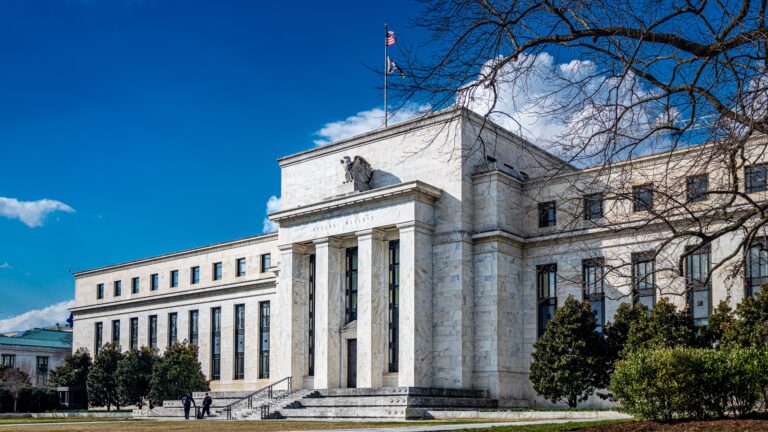
Controlling Hidden Exposures in Cash Portfolios
Recent credit market events have stress-tested corporate cash portfolios more than at any time I can recall in my 28-year investment career. These events are shocking in scope and have threatened our financial system in ways not seen since the Great Depression. Because it’s so easy to “lose sight of the forest” in this unprecedented environment, I wanted to take a minute and discuss the macro environment of the current credit-driven housing cycle in historical context in hopes of getting a clearer view of what we may face in the future.
In the early 90s, Finland, Norway and Sweden endured major credit-driven housing down cycles, while Japan went through a significantly longer one from ’91 to ’02. The protracted length of Japan’s troubles was caused by an extremely slow loss response and recapitalization process compared to the other three. Admittedly, these parallels to the current U.S. situation are only helpful if we first recognize the obvious differences.
Of course, the sheer dollar size of the U.S. mortgage market dwarfs that of the other countries’. And, as the largest economy in the world combined with the relatively recent engineering, packaging and distribution of Collateralized Debt Obligations, Structured Investment Vehicles, and other mortgage conduits, there is no doubt the U.S. cycle will have vastly greater global impact on foreign banks, equity markets and global growth. However, if we view the aforementioned parallels as a percent of real estate decline, percent of equity price decline and percent of recapitalization costs to GDP, they do provide interesting context to the current trajectory of the U.S. real estate credit bust.
In each of these housing credit cycles easy mortgage credit drove a self-reinforcing increase in home prices which subsequently reversed to the inevitable cycle of collateral impairment when the trend shifted. Declines in mortgage collateral devastated the banking sectors and required major government interventions. In Sweden the government guaranteed the assets of the entire banking system, while Finland and Norway’s governments guaranteed a majority of their bank deposits.
Excluding Japan from the data set due to its extended 12-year recapitalization process, the U.S. still significantly lags the data declines from the Finland, Norway, and Sweden examples. So far the U.S. housing market has declined 24% from its high, versus an average decline of 39% for the other three. U.S. banking equities, as represented by the KBW bank index have declined 58% so far, while the financial stocks in the other three countries declined an average of 85%. Recapitalization costs for the group averaged a total of 7.6% of GDP while the U.S. is today roughly at 3% of GDP and climbing. Lastly, recovery to trend GDP took an average of 7.6 years for the set of countries.
DOWNLOAD FULL REPORT
Our research is for personal, non-commercial use only. You may not copy, distribute or modify content contained on this Website without prior written authorization from Capital Advisors Group. By viewing this Website and/or downloading its content, you agree to the Terms of Use.
Please click here for disclosure information: Our research is for personal, non-commercial use only. You may not copy, distribute or modify content contained on this Website without prior written authorization from Capital Advisors Group. By viewing this Website and/or downloading its content, you agree to the Terms of Use & Privacy Policy.

